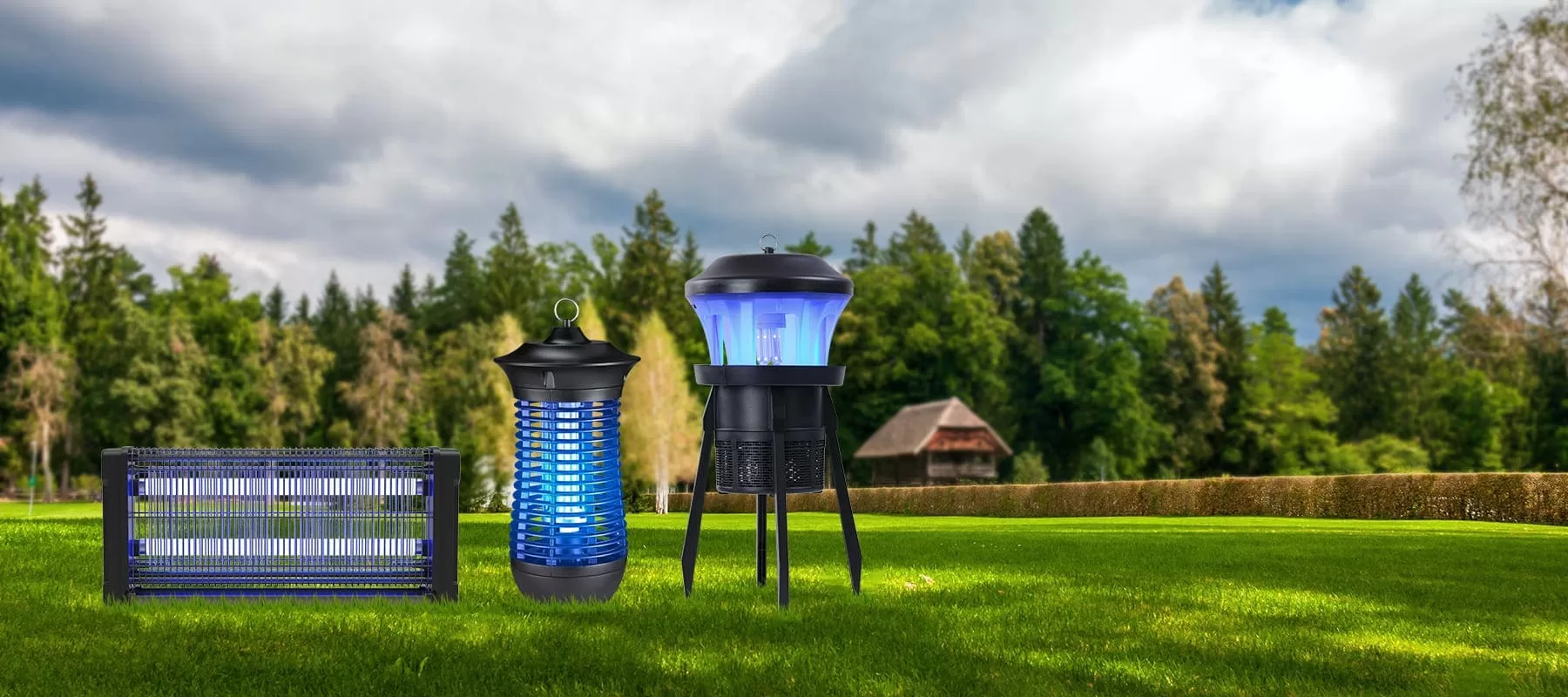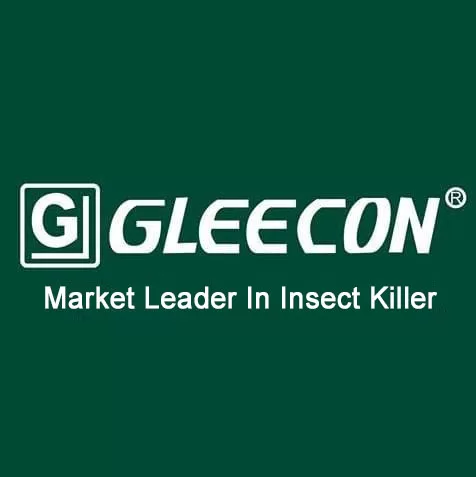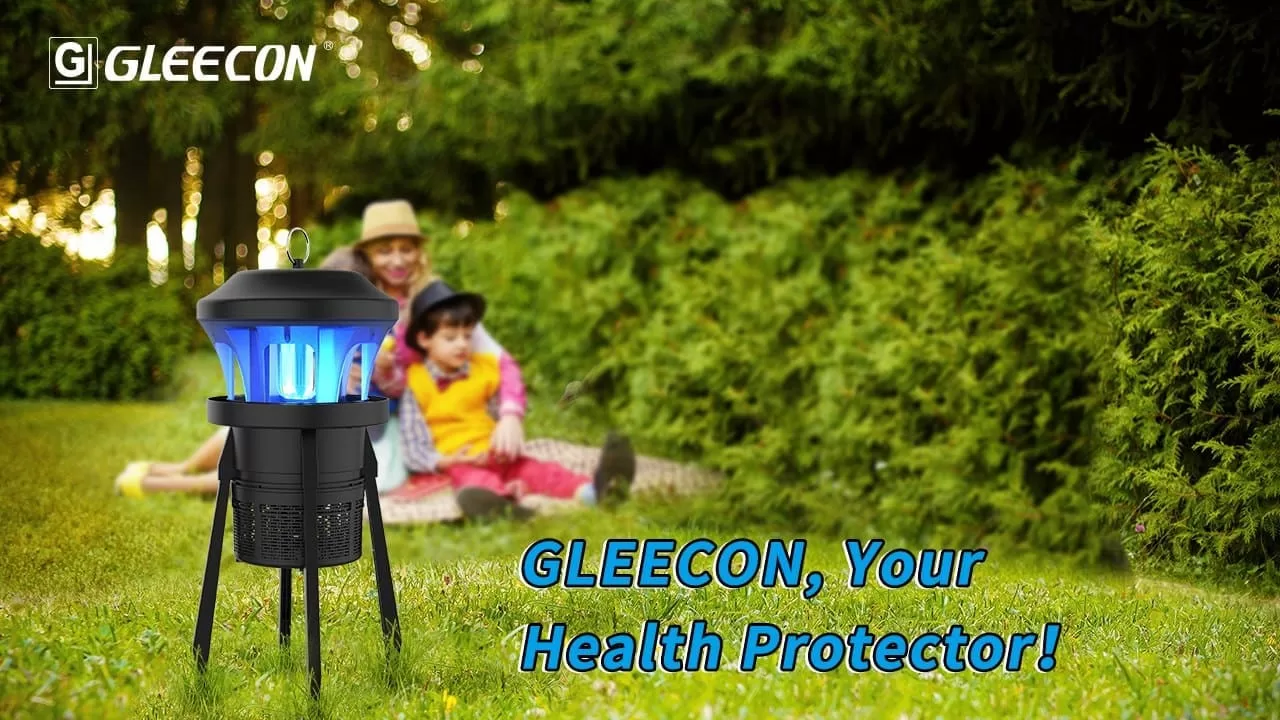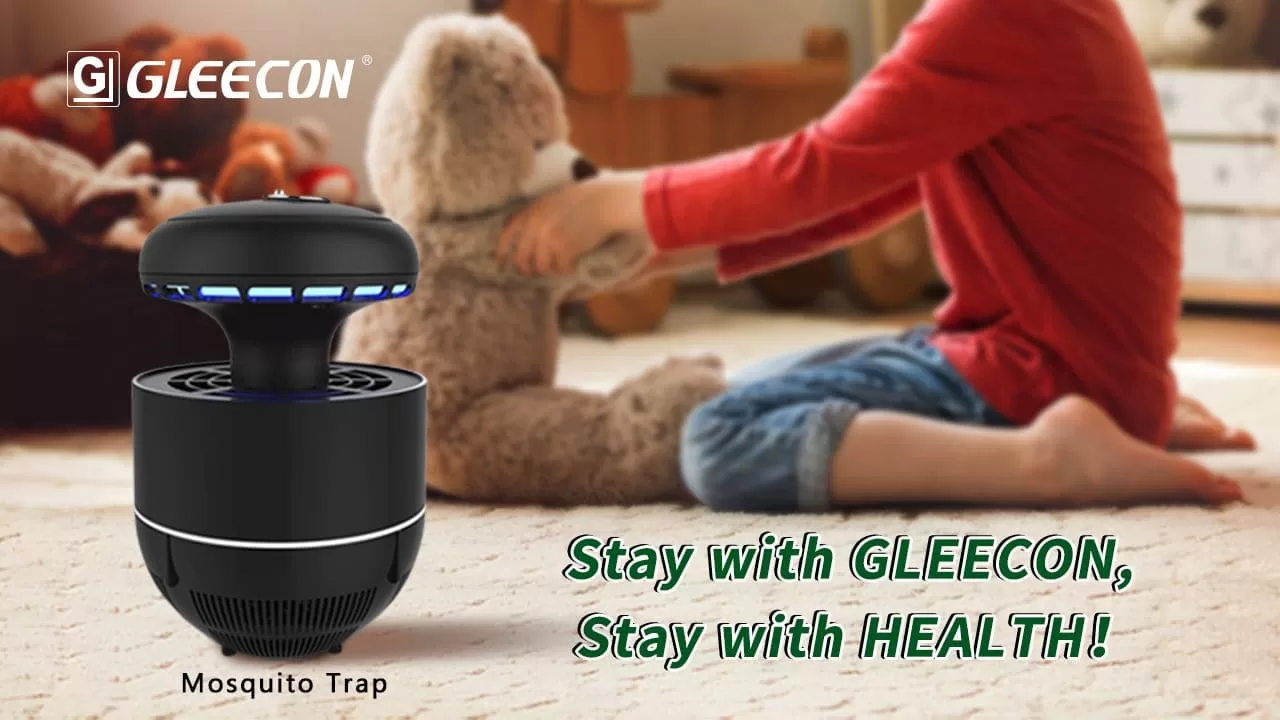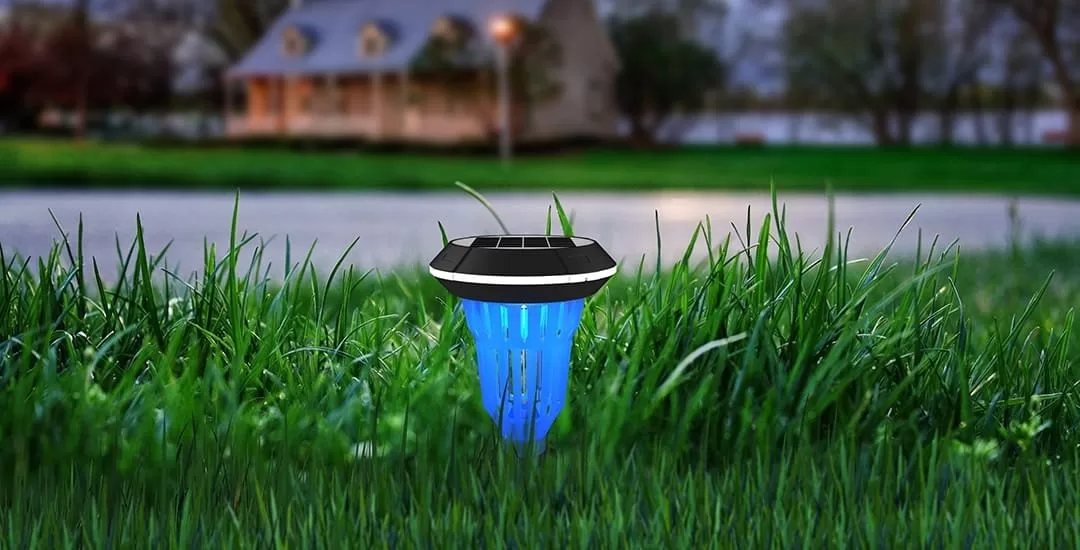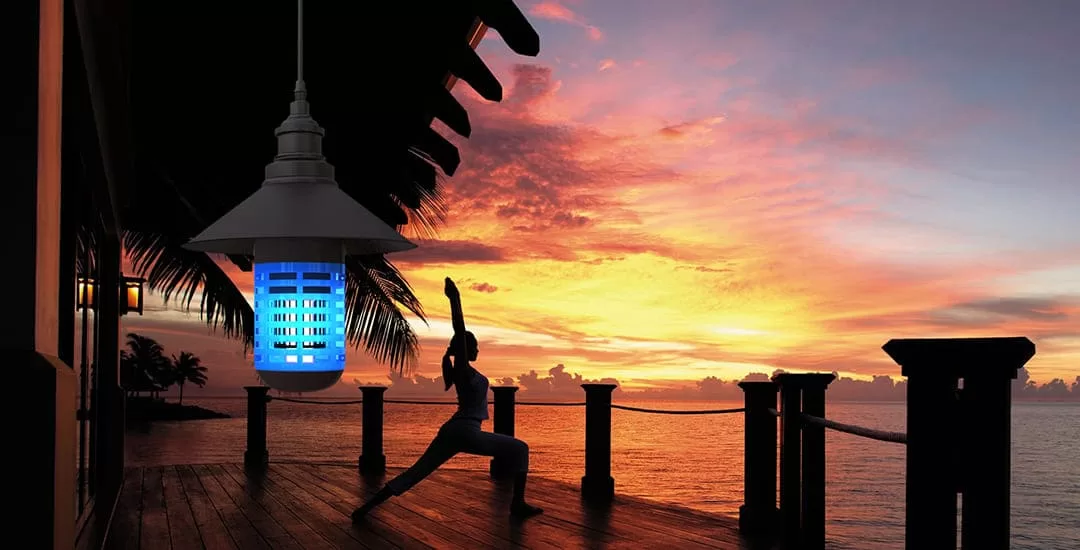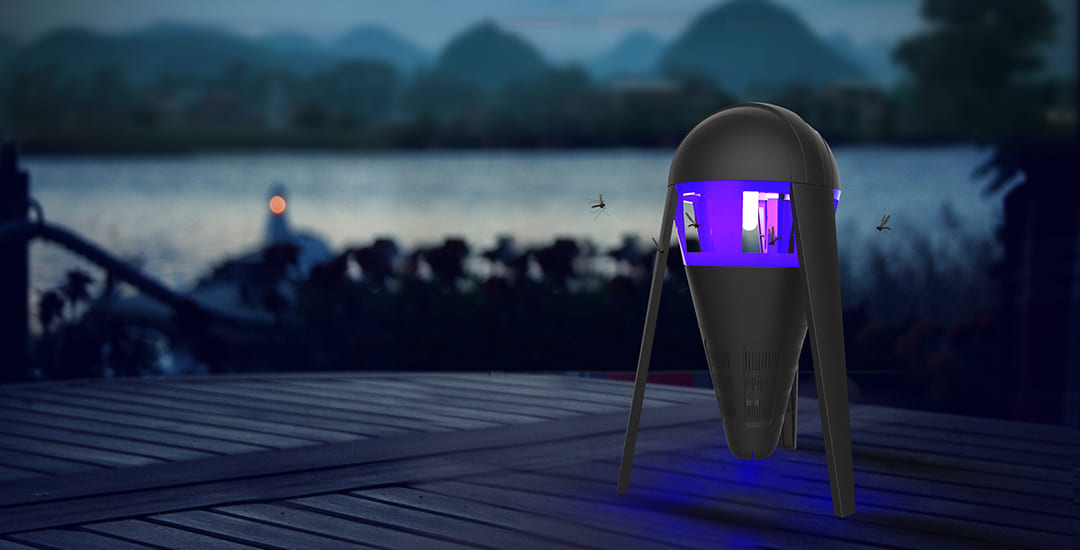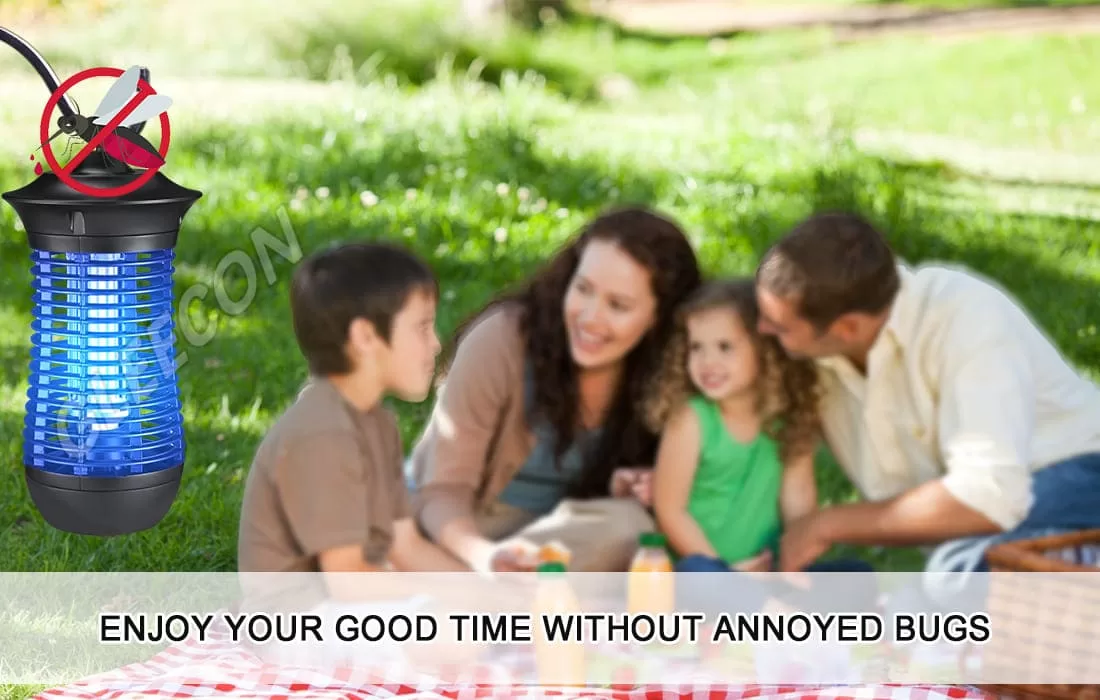Table of Contents
Introduction:
Insect light traps have long been the go-to solution for controlling flying insects, with fluorescent lamps traditionally dominating the market. However, the emergence of LED insect light traps in recent years has sparked a debate on the future of this technology. This article will delve into the comparison between UV fluorescent and LED insect light traps, highlighting the advantages of LED technology and why it is poised to revolutionize the insect control industry.
UV Fluorescent Lamps: The Traditional Choice
UV fluorescent lamps have been the backbone of insect light traps for decades. These tubes emit ultraviolet (UV) rays that attract flying insects towards them, where they are either electrocuted or trapped. While effective, fluorescent lamps have inherent drawbacks, including being energy-inefficient, containing Mercury, and contributing to carbon emissions. The phase-out of fluorescent lighting due to environmental concerns is already underway, paving the way for more sustainable alternatives like LEDs.

EU Commission adopts regulation to ban all fluorescent lighting by September 2023
(eceee news, 17 Dec 2021) The European Commission has now adopted 12 regulations under the RoHS Directive effectively banning fluorescent lighting for sale in the EU by September 2023. On a cumulative basis between 2023 and 2035, the much-delayed decision to phase-out these mercury-containing lamps will save approximately €18.2 billion, as well as 190 TWh of electricity and 1.8 metric tonnes of toxic mercury. The EU decision will provide crucial support to a global effort to phase-out fluorescents under the Minamata Convention on Mercury, where a key decision is expected in late March.
LED Technology: The Game-Changer
LED lamps have emerged as a game-changer in the realm of insect light traps. Offering a longer lifespan, higher energy efficiency, and reduced environmental impact compared to fluorescent tubes, LEDs are rapidly gaining popularity. In addition to their energy savings and lower maintenance requirements, LEDs provide a higher quality of light, making them ideal for critical applications that demand compliance with industry regulations and safety standards.

LED vs Fluorescent:
| Feature | LED | Fluorescent |
|---|---|---|
| Energy Efficiency | Highly efficient, uses about 85% less energy than fluorescent tubes | Less energy-efficient, contributes to higher energy consumption |
| Lifespan | Lasts about 3x longer than fluorescent UV tubes | Lifespan typically 5000-8000hrs, with UV-producing phosphors degrading over time |
| Environmental Impact | Lower carbon emissions, contributes to sustainability goals | Contains toxic mercury, non-biodegradable, and poses environmental risks |
| Regulatory Compliance | Meets industry regulations and safety requirements | Phasing out in some regions due to environmental concerns (e.g., EU bans on certain types) |
| Cost-Effectiveness | Initial investment may be higher, but long-term savings due to energy efficiency and longer lifespan | Lower upfront cost, but higher long-term operational costs due to energy consumption and replacement frequency |
| Light Quality | Higher quality of light, better suited for critical applications | Standard light quality, suitable for general lighting purposes |
| Maintenance | Requires less frequent replacements, reducing maintenance costs | More frequent replacements, higher maintenance costs |
| Effect on Insects | May have a narrow effect field, driving insects away | Traditionally effective in attracting insects, but potential environmental impact due to insect disposal |
| Innovation | Continuous advancements, addressing initial drawbacks (e.g., GLEECON’s LED Range) | Traditional technology with limited scope for innovation |
FAQs (Frequently Asked Questions):
-
Are LED insect light traps more cost-effective than fluorescent traps?
Yes, LED traps last longer, consume less electricity, and have lower maintenance costs compared to fluorescent traps, making them a more cost-effective solution in the long run.
-
Do LED insect light traps have a wider coverage area than fluorescent traps?
LED traps may have a narrower effect field due to their high-intensity UV light, which can deter insects. However, advancements in LED trap design, such as the GLEECON’s LED range, have addressed this issue to ensure optimal fly attraction and capture rates.
-
How do LED insect light traps contribute to environmental sustainability?
LED traps reduce carbon emissions and energy consumption, aligning with global sustainability goals. By replacing traditional fluorescent traps with LED technology, businesses can significantly decrease their environmental footprint and support a greener future.
Conclusion:
LED insect light traps are ushering in a new era of insect control, offering enhanced performance, energy efficiency, and sustainability compared to traditional fluorescent traps. The shift towards LED technology represents a critical step towards reducing environmental impact and promoting eco-friendly solutions in fly management. As the industry continues to evolve, LED insect light traps are set to become the standard choice for businesses seeking effective, sustainable, and cost-efficient insect control solutions.
To find out more about GLEECON’s range of LED Insect Traps, email us to phoenix@gleecon.com.

